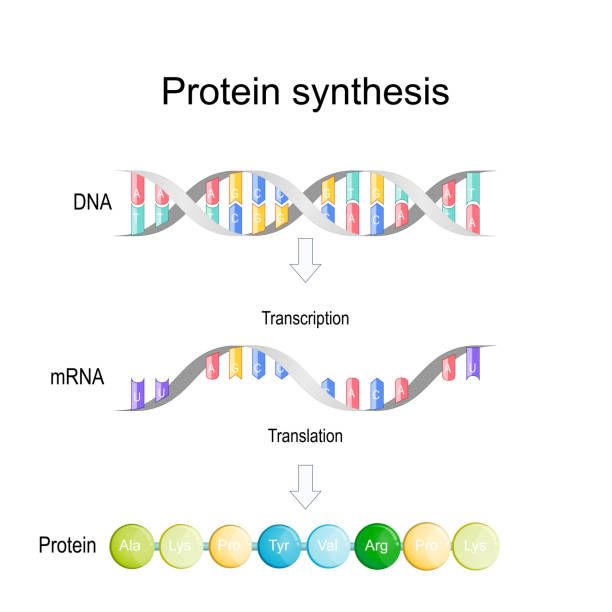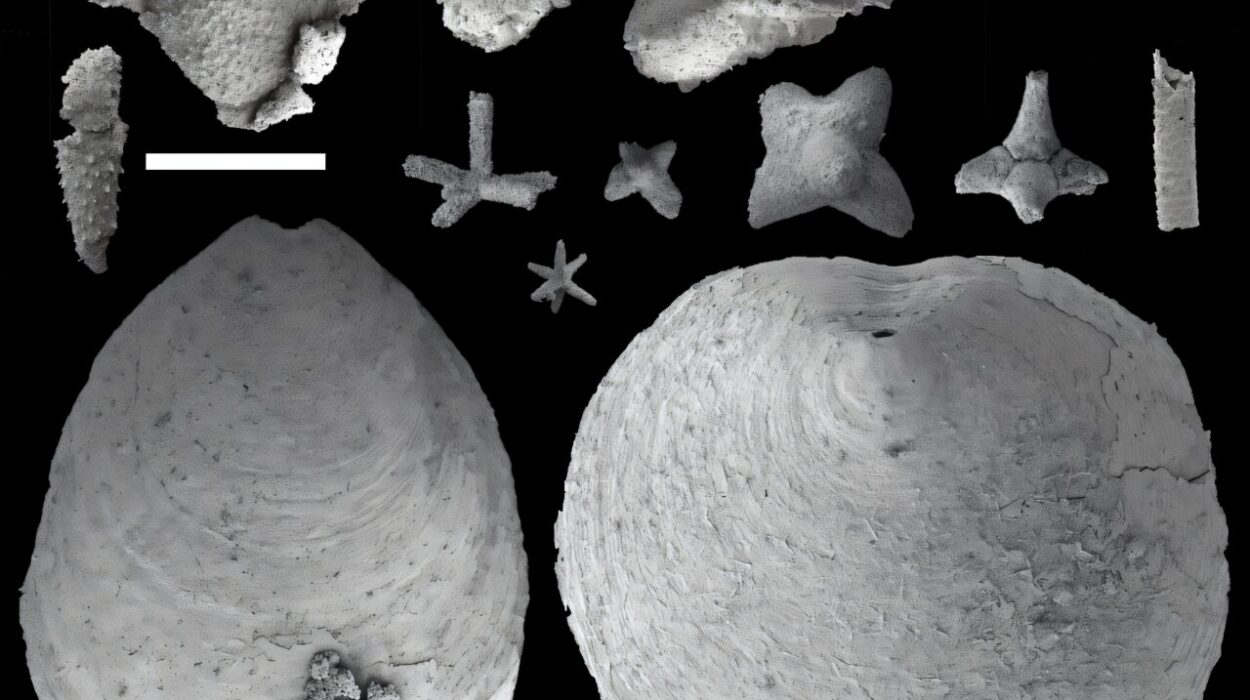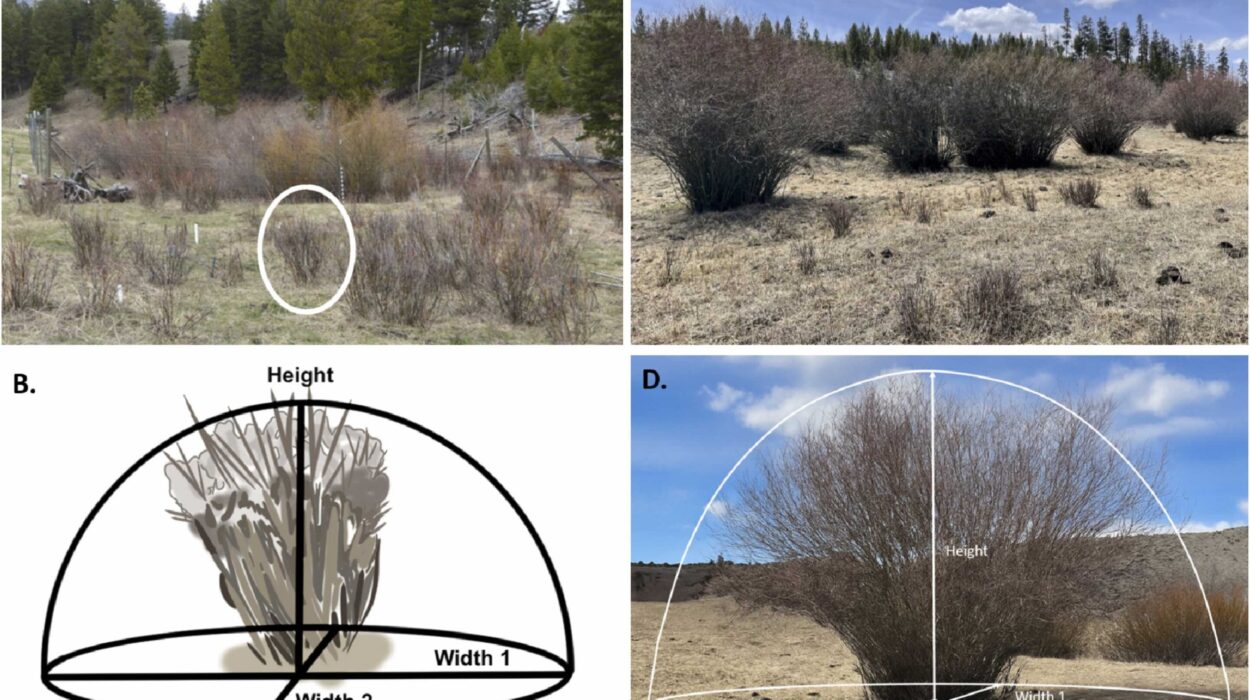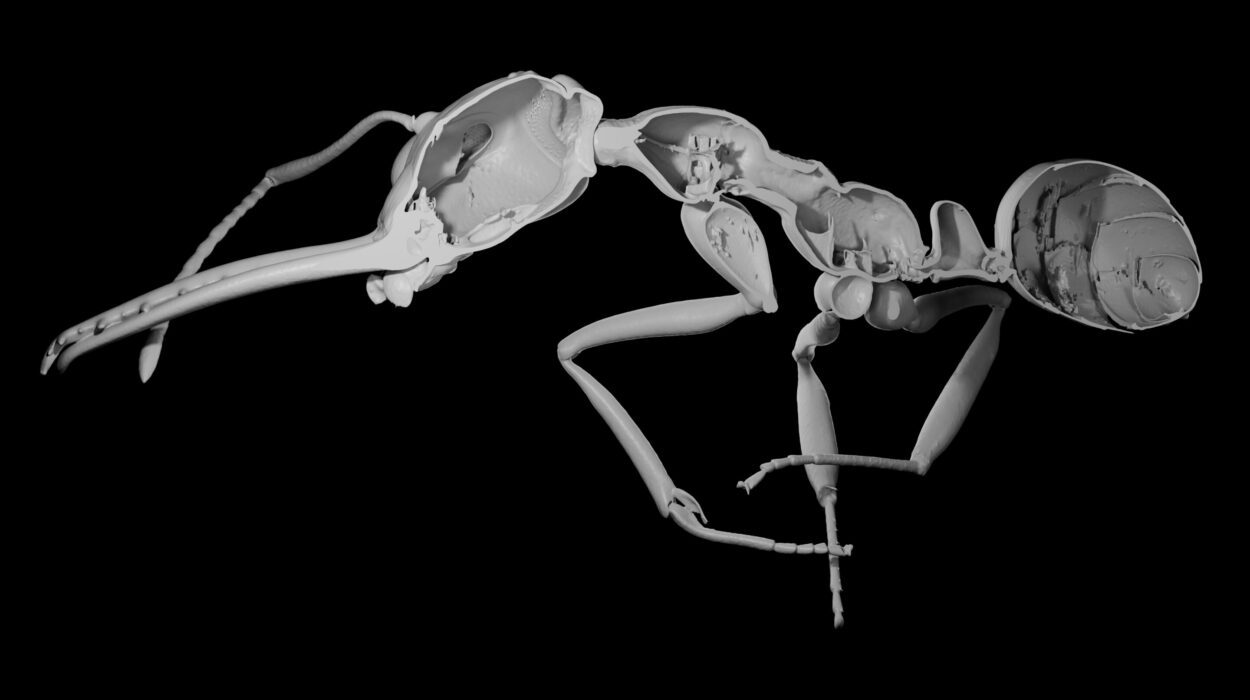In the vast, complex world of molecular biology, few processes are as integral to life as protein synthesis. Without it, our bodies could not function. Every cell, every organ, every system would be thrown into chaos. It is the process that allows our bodies to build proteins, the molecular machines and structural components that drive nearly every cellular function. From muscle contraction to enzyme catalysis to immune defense, proteins are at the heart of biology.
Yet, despite its importance, protein synthesis is often shrouded in mystery, with its processes and components known only to those who study molecular biology in depth. But what if we could unravel the mystery of this essential cellular function? Understanding protein synthesis not only offers insight into the very foundations of life but also opens up a world of possibilities in medicine, genetics, and biotechnology.
In this article, we’ll embark on a journey through the remarkable world of protein synthesis. From the transcription of genetic information to the translation of RNA into functional proteins, we’ll explore every step of the process in detail, shedding light on how proteins are made, why they’re important, and how disruptions in protein synthesis can lead to disease.
The Foundation of Life: What Are Proteins?
Proteins are organic molecules made up of long chains of amino acids, which are the building blocks that make up the protein structure. These amino acids are linked together by peptide bonds, forming a polypeptide chain. The specific sequence of amino acids in a protein determines its unique structure and, ultimately, its function.
Proteins are incredibly diverse and perform a wide range of functions in living organisms. Some proteins act as enzymes, catalyzing biochemical reactions essential for metabolism and cellular processes. Others serve as structural components of cells, tissues, and organs, providing support and shape. Some proteins function as antibodies, protecting the body from infections, while others are involved in communication within and between cells.
In essence, proteins are the molecular machinery of life. They carry out the majority of cellular functions and are essential to the growth, repair, and maintenance of all living organisms. But how are these crucial molecules made? This brings us to the concept of protein synthesis.
The Central Dogma of Molecular Biology: From DNA to Protein
The process of protein synthesis begins with the genetic blueprint encoded in our DNA. DNA (deoxyribonucleic acid) contains all the instructions needed to build and maintain an organism. This genetic information is stored in sequences of nucleotides—adenine (A), thymine (T), cytosine (C), and guanine (G)—which form genes. A gene is a specific sequence of DNA that codes for a particular protein or function.
However, the DNA itself does not directly create proteins. Instead, it serves as a template for the synthesis of RNA (ribonucleic acid), which is then used as a guide to assemble amino acids into proteins. This process is known as the “central dogma” of molecular biology, a concept introduced by Francis Crick in 1957. The central dogma describes the flow of genetic information: DNA → RNA → Protein.
Protein synthesis occurs in two main stages: transcription and translation. Both processes are highly regulated, ensuring that proteins are synthesized accurately and efficiently.
Stage One: Transcription—From DNA to Messenger RNA (mRNA)
The first step in protein synthesis is transcription, which occurs in the cell’s nucleus. Transcription is the process by which a specific segment of DNA is copied into messenger RNA (mRNA), a type of RNA that serves as a blueprint for protein synthesis.
1. Initiation of Transcription:
Transcription begins when an enzyme called RNA polymerase binds to a specific region of the DNA known as the promoter. The promoter is a sequence of nucleotides that signals the beginning of a gene. Once RNA polymerase binds to the promoter, the DNA strands are unwound and separated, exposing the nucleotide sequence that will serve as the template for mRNA synthesis.
2. Elongation of mRNA:
Using the exposed DNA strand as a template, RNA polymerase begins synthesizing a complementary strand of mRNA. RNA polymerase adds RNA nucleotides (adenine, uracil, cytosine, and guanine) to the growing mRNA strand. The sequence of nucleotides in the mRNA is complementary to the sequence in the DNA, with one important difference: in RNA, uracil (U) replaces thymine (T).
For example, if the DNA template strand contains the sequence “A-T-G-C,” the corresponding mRNA will have the sequence “U-A-C-G.” This process continues as RNA polymerase moves along the DNA, synthesizing the mRNA strand in the 5′ to 3′ direction.
3. Termination of Transcription:
Once RNA polymerase reaches a specific sequence called the terminator, it detaches from the DNA template, and the newly synthesized mRNA strand is released. The mRNA molecule is now ready to exit the nucleus and enter the cytoplasm, where translation will take place.
Before mRNA can be used in translation, it undergoes further processing in eukaryotic cells. This processing includes the addition of a 5′ cap at the beginning of the mRNA and a poly-A tail at the end. These modifications help protect the mRNA from degradation and aid in its recognition by the ribosome during translation.
Stage Two: Translation—From mRNA to Protein
Once mRNA is synthesized and processed, it is transported out of the nucleus and into the cytoplasm, where it will be translated into a protein. Translation occurs at the ribosome, a molecular machine composed of ribosomal RNA (rRNA) and proteins. The ribosome reads the mRNA code and assembles the corresponding protein by linking together amino acids in the correct order.
1. Initiation of Translation:
Translation begins when the mRNA binds to a ribosome. The ribosome has two subunits—one large and one small—that come together to form the functional ribosome. The small subunit of the ribosome binds to the mRNA at the start codon, a specific sequence of nucleotides (AUG) that signals the beginning of protein synthesis.
2. Elongation of the Protein Chain:
Once the ribosome is bound to the mRNA, transfer RNA (tRNA) molecules come into play. Each tRNA molecule carries a specific amino acid and has an anticodon that is complementary to the codons on the mRNA. As the ribosome moves along the mRNA, tRNA molecules bring the appropriate amino acids to the ribosome in the correct order.
The ribosome facilitates the binding of each tRNA to the mRNA by matching the anticodon on the tRNA with the codon on the mRNA. Each time a new tRNA binds, the ribosome catalyzes the formation of a peptide bond between the amino acid carried by the tRNA and the growing polypeptide chain.
3. Termination of Translation:
Translation continues until the ribosome reaches a stop codon on the mRNA. Stop codons (UAA, UAG, or UGA) signal the end of the protein-coding sequence. When the ribosome encounters a stop codon, it releases the newly synthesized polypeptide chain, and the translation process is complete.
The polypeptide chain then folds into its functional three-dimensional structure, becoming a mature protein. The folding process is facilitated by chaperone proteins, which help the newly synthesized polypeptide achieve its proper conformation.
The Role of Ribosomes in Protein Synthesis
Ribosomes are the molecular factories where protein synthesis takes place. These small, complex structures consist of ribosomal RNA (rRNA) and proteins. Ribosomes can either be free in the cytoplasm or attached to the endoplasmic reticulum (ER), forming the rough ER. The rough ER is involved in the synthesis of proteins that are either secreted from the cell or embedded in the cell membrane.
Ribosomes play a crucial role in translation by reading the mRNA code, matching it with the appropriate tRNA, and facilitating the formation of peptide bonds. Without ribosomes, protein synthesis could not occur, and cells would be unable to produce the proteins necessary for life.
The Genetic Code: A Universal Language
The genetic code is the language used by cells to translate the information encoded in DNA into functional proteins. It is composed of triplets of nucleotides called codons, each of which codes for a specific amino acid. For example, the codon “AUG” codes for the amino acid methionine, which is often the first amino acid in a newly synthesized protein.
The genetic code is universal, meaning it is the same in nearly all organisms, from bacteria to humans. This universality is one of the reasons why protein synthesis is so fundamental to life. It provides a shared mechanism for building proteins, regardless of the organism.
The Importance of Protein Synthesis in Health and Disease
Protein synthesis is a vital process for maintaining the health of cells and organisms. Proper protein synthesis is essential for cellular growth, repair, and maintenance. It also plays a critical role in regulating the function of enzymes, hormones, and other signaling molecules.
However, disruptions in protein synthesis can lead to a variety of diseases. For example, mutations in the genes that encode proteins can lead to misfolded proteins that no longer function properly. This can result in conditions such as cystic fibrosis, sickle cell anemia, and various neurodegenerative diseases, including Alzheimer’s disease and Parkinson’s disease.
In some cases, abnormal protein synthesis is linked to cancer. Oncogenes—genes that promote cell division—can become overactive, leading to uncontrolled cell growth and the formation of tumors. Conversely, tumor suppressor genes that normally prevent excessive cell division can become inactive, contributing to cancer development.
Protein Synthesis and Biotechnology
In recent years, scientists have harnessed the power of protein synthesis for biotechnological applications. Recombinant DNA technology allows researchers to insert genes from one organism into another, leading to the production of proteins that would be difficult or impossible to obtain otherwise. This technique is used in the production of therapeutic proteins, such as insulin, as well as vaccines and other biologics.
Gene editing technologies, such as CRISPR-Cas9, have further revolutionized our ability to manipulate protein synthesis. By precisely editing specific genes, scientists can correct genetic disorders, create genetically modified organisms (GMOs), and develop novel treatments for diseases.
Conclusion: The Heartbeat of Life
Protein synthesis is the heartbeat of cellular life. It is the process through which genetic information is transformed into functional proteins, which are the building blocks and machinery of life. Without protein synthesis, cells would be unable to grow, repair themselves, or perform the tasks necessary for survival.
Understanding protein synthesis not only illuminates how life works at a molecular level but also opens the door to new medical treatments, genetic therapies, and biotechnological innovations. As we continue to unravel the complexities of protein synthesis, we gain a deeper appreciation for the incredible molecular machinery that powers life and health.






